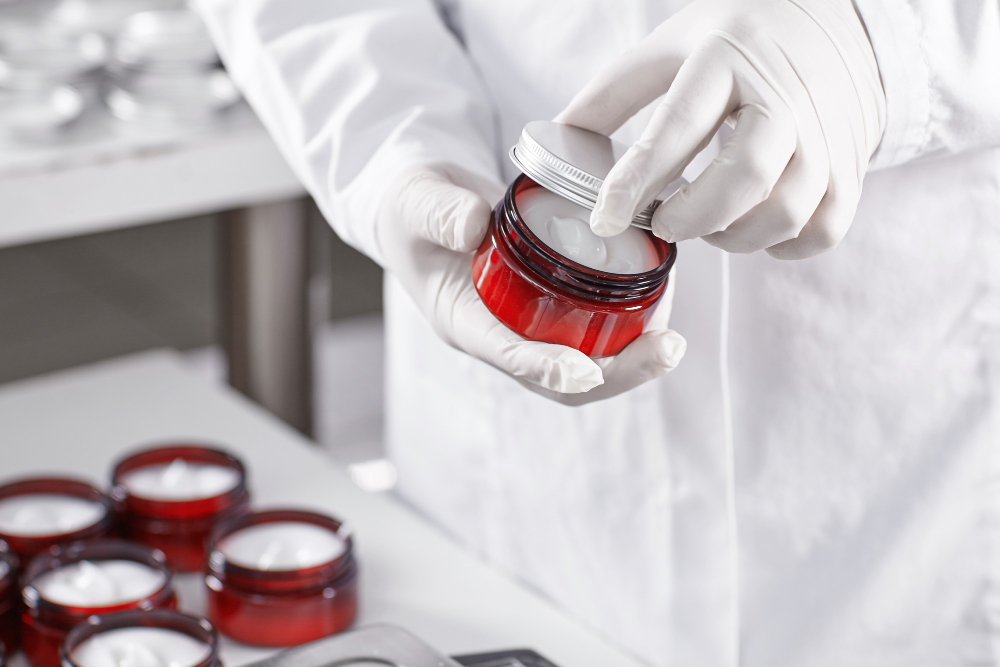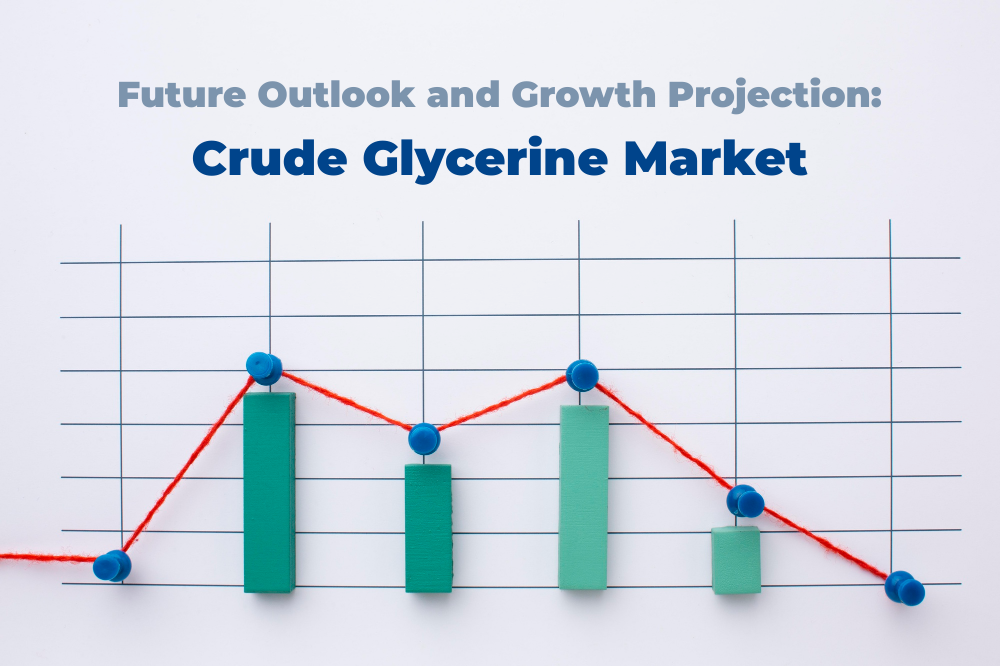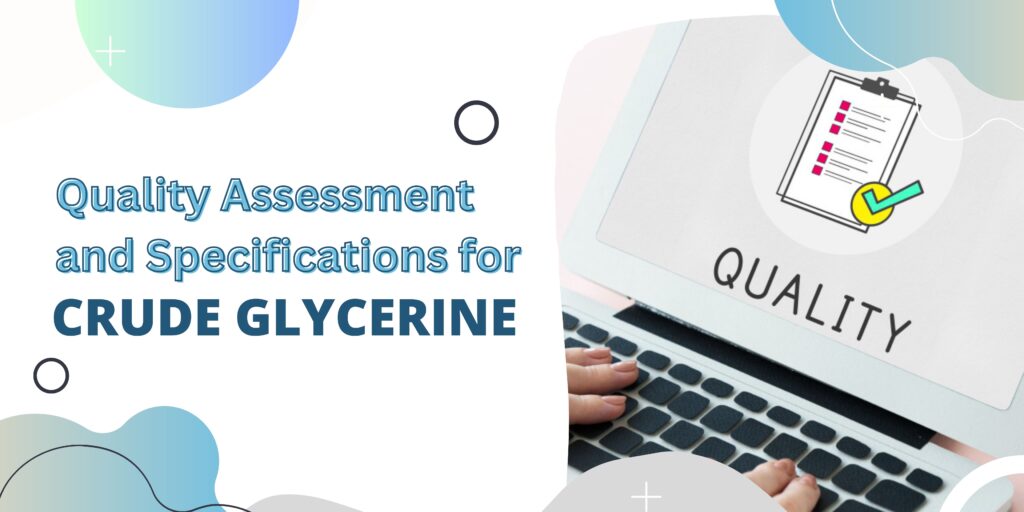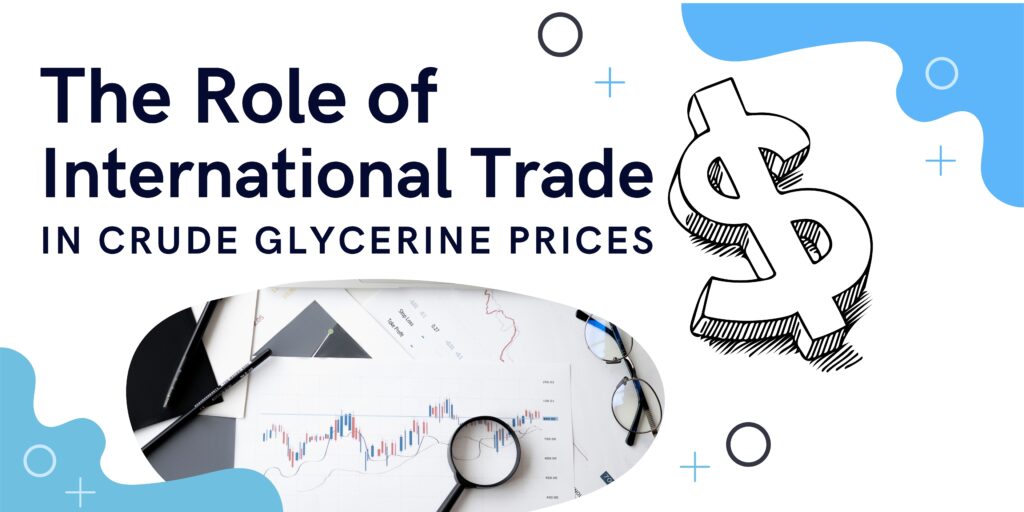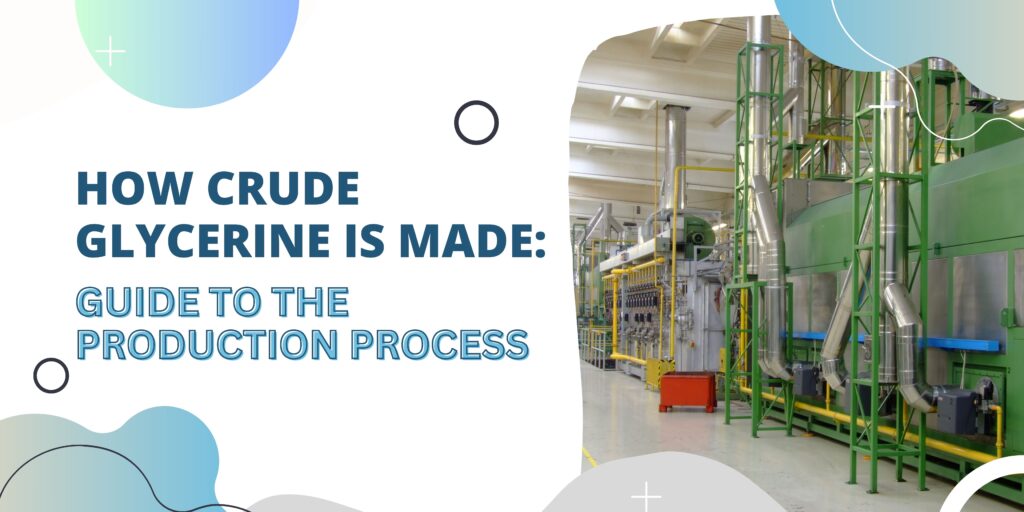
Crude glycerine is a versatile and essential byproduct in the biodiesel industry, used in various applications across different sectors. But have you ever wondered how this valuable substance is produced? In this easy-to-read article, we’ll take you through the simple steps of crude glycerine production.
Step 1: Feedstock Selection
The manufacturing process starts with the careful selection of a suitable feedstock, which can be either vegetable oils or animal fats. These feedstocks are high in triglycerides, which are essential for the production of biodiesel and glycerine. Soybean oil, canola oil, palm oil, and tallow from animal fats are common feedstocks used in biodiesel production. The choice of feedstock can impact the quality and characteristics of the resulting crude glycerine.
Step 2: Transesterification
Transesterification, a chemical reaction that converts triglycerides into two primary products: methyl esters (biodiesel) and glycerol (glycerine), lies at the heart of the biodiesel production process. A catalyst, such as sodium hydroxide or potassium hydroxide, is generally employed to assist this process. The catalyst aids in the breakdown of triglycerides into their constituent elements, allowing the glycerine to be separated from the biodiesel. This reaction is an essential and defining step in crude glycerine production.
Step 3: Separation
After transesterification, the mixture contains both biodiesel and crude glycerine. To separate these two components, the mixture is typically allowed to settle in a tank, where the denser glycerine settles at the bottom, and the lighter biodiesel floats on top. Alternatively, centrifugation can be used to achieve faster and more efficient separation.
Step 4: Purification
At this point, the glycerine is considered “crude” because it still contains impurities, such as excess catalyst, soap, and small amounts of biodiesel. For many applications, crude glycerine must be further purified to meet specific quality standards. The purification process may involve various steps, such as filtration to remove solid impurities, neutralization to eliminate any excess catalyst, and distillation to separate water and other impurities. The extent of purification depends on the intended use of the glycerine.
Step 5: Refining (optional)
For certain applications, especially in the food and pharmaceutical industries, an additional step of refining may be necessary. The refining process goes beyond standard purification and involves additional purification steps to ensure that the glycerine is of the highest possible quality and purity. This step is crucial when crude glycerine is used in sensitive applications where absolute cleanliness is required.
Step 6: Storage and Packaging
The final step in crude glycerine production is the storage and packaging of the finished product. The purified or refined glycerine is typically stored in containers suitable for its intended use. These containers must meet industry-specific regulations and standards, ensuring the safety and quality of the product during storage and transportation. Depending on the application, crude glycerine may be packaged in bulk containers or smaller drums and bottles.
Quality Control
Quality control is a crucial aspect of crude glycerine production. To ensure that the glycerine meets the required standards for its intended application, samples are regularly tested during and after the purification and refining processes. These tests may include checks for impurities, acidity, color, odor, and glycerine content. Quality control measures help guarantee that the final product is of consistent and acceptable quality.
Byproduct Utilization
In addition to glycerine, the biodiesel production process yields additional important byproducts such as fatty acid methyl esters (FAME), also known as biodiesel. The use of these byproducts, such as FAME, contributes to the sustainability of the manufacturing process. Biodiesel can be used as a clean-burning alternative to standard diesel fuel, helping to minimize greenhouse gas emissions.
Environmental Considerations
The biodiesel sector lays a strong emphasis on sustainability and limiting environmental damage. One method to achieve this is to sustainably manage waste products such as unprocessed glycerine. As the demand for biodiesel develops, it is critical to address environmental concerns about waste disposal. The proper handling and disposal of crude glycerine and other byproducts is critical to maintaining the industry’s eco-friendly reputation.
Conclusion
That’s all there is to it! Crude glycerine production is simply a byproduct of the biodiesel synthesis process. While it may be further purified and refined for specialized applications, the basic manufacturing process is fairly simple, making it a valuable and sustainable resource for a variety of businesses.
With its numerous applications and environmentally benign character, crude glycerine plays an important role in promoting sustainability and decreasing waste in the biodiesel business. It’s a prime illustration of how a byproduct from one business may become a lucrative resource in another.

